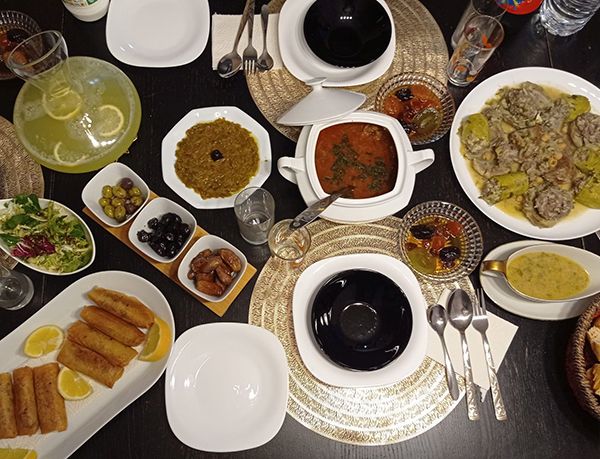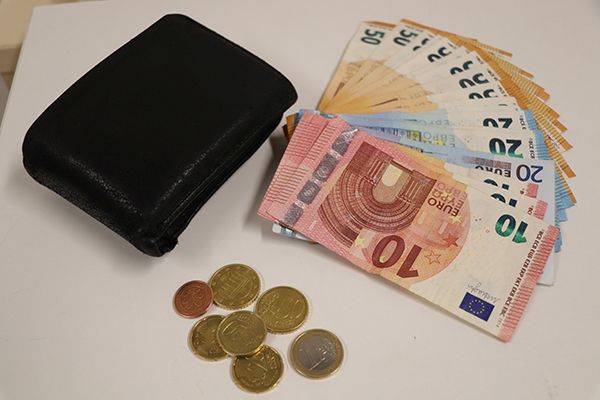By Oula Mahfouz
This year, the month of Ramadan begins on April 2 and ends on May 2. Many Muslims celebrate the month of fasting with numerous rituals, prayers, and set meal and fasting times. But how do Muslims determine the daily start of the period of fasting and prayer that falls between the last meal before sunrise (Suhur) and the meal of breaking the fast in the evening (Iftar)?
Islam follows the lunar calendar. A year in the lunar calendar has 354 days and not 365 days as in the Gregorian calendar. Therefore, the month of Ramadan shifts by ten or eleven days each year and can therefore fall in any season.
Ramadan is the ninth month in the lunar calendar and begins with the appearance of the crescent moon. The beginning and end of fasting, as well as prayer times, depend on sunrise and sunset. Many Muslims pray five times a day. The times for obligatory prayers are: Fajr (dawn), Zuhr (noon), Asr (afternoon), Maghrib (sunset), and Ishaa (evening).
Some Muslims today still use the sundial as a guide to determine prayer times. Others rely on complex mathematical calculations involving many variables, such as longitude, latitude, local time, equation of time, and inclination of the sun. Prayer times for Zuhr, Asr, and Maghrib prayers depend on the position of the sun and thus can be solidly calculated. Prayer times for Fajr and Ishaa prayers, on the other hand, depend on the amount of sunlight, which cannot be accurately estimated due to several factors. Geographical location, sea level, and the different seasons affect the prayer times for morning and evening prayers. Due to these influences, there may be small differences between different calculations.
There are a variety of special Ramadan calendars (Imsakiah) and apps that show prayer times in every city in the world. Imsakiah is a table that contains the times of the five daily prayers, as well as the number of hours of fasting. The apps in particular are an important way for Muslims to be reminded of the times. This is especially true in countries where the call to prayer from mosques is not heard everywhere. The calendar for Ramadan originated in Egypt in 1846 during the rule of the Ottoman Empire.
More about Ramadan:
tunewsinternational.com/2020/04/23/ramadan-beginnt-was-bedeutet-fasten-im-islam/
tunewsinternational.com/2020/05/16/ramadan-ist-nicht-nur-der-fastenmonat/
tun22032802
Fastenbrechen im Ramadan. Foto: tünews INTERNATIONAL / Rahima Abdelhafid.




